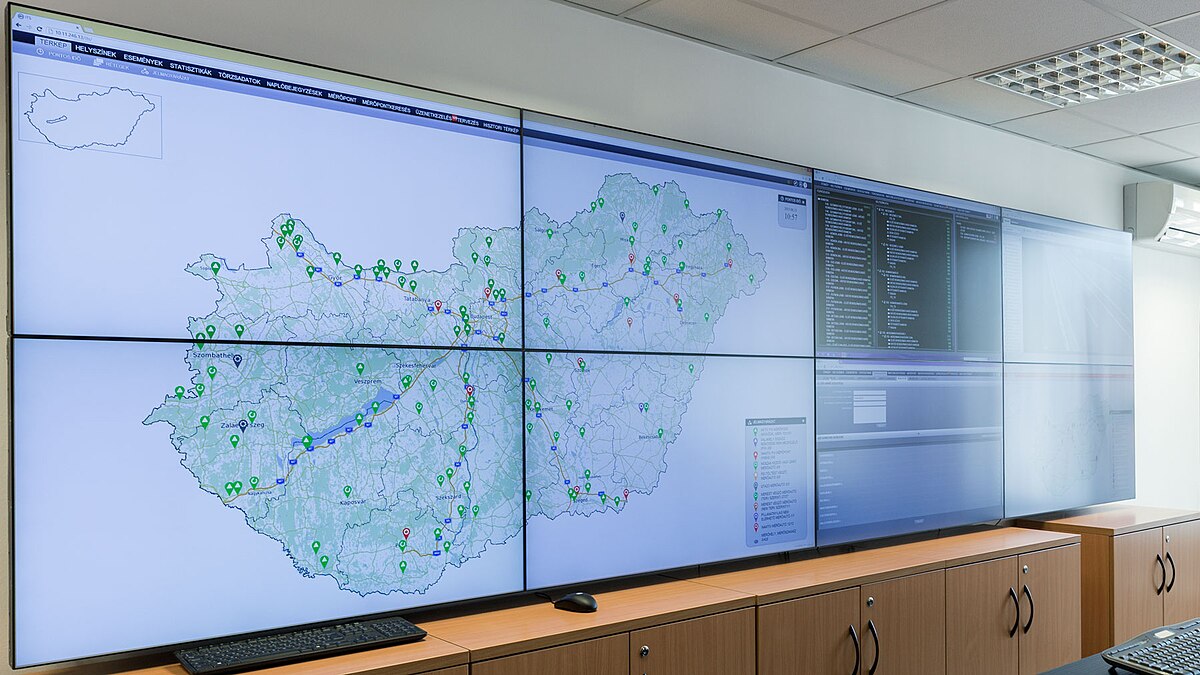
Intelligent Transportation Systems (ITS)
ITS are advanced systems that aim to enhance transportation networks by providing information, improving efficiency, and ensuring safety. They integrate technologies like traffic signal control, vehicle communication, and passenger information systems.
Background and Applications
ITS originated in homeland security, focusing on surveillance and rapid evacuation during emergencies. They also play a crucial role in urban planning, particularly in developing countries facing rapid urbanization and traffic congestion.
Technologies
ITS utilize various technologies, including:
- Wireless communications: Radio modems, short-range protocols (e.g., DSRC), and long-range infrastructure networks facilitate communication between vehicles and infrastructure.
- Computational technologies: Advanced vehicle electronics enable real-time data processing, artificial intelligence, and predictive modeling.
- Floating car data: Data collected from vehicles (e.g., GPS, sensors) provides real-time traffic information, including speed, density, and incident detection.
- Sensing: Sensors embedded in infrastructure and vehicles detect vehicles, measure traffic flow, and identify stopped vehicles.
Applications
ITS have numerous applications, such as:
- Emergency vehicle notification systems: eCall devices in vehicles automatically contact emergency services in case of accidents.
- Automatic road enforcement: Cameras and sensors detect traffic violations, such as speeding, red light violations, and lane infringements.
- Variable speed limits: Dynamic speed limits adjust based on traffic conditions to improve flow and safety.
- Collision avoidance systems: Sensors notify drivers of potential hazards ahead, reducing the risk of collisions.
Cooperative Systems
ITS also facilitate cooperation between vehicles and infrastructure. Data sharing enables real-time detection of events like rain and congestion. Servers process this data and provide personalized driving recommendations to vehicles.
New Business Models
ITS are driving the emergence of new mobility models, such as bike sharing, car sharing, and electric vehicle charging schemes. These models aim to address last-mile challenges in urban areas and promote sustainability.
Global Initiatives
ITS is gaining recognition worldwide, with organizations like the Network of National ITS Associations and the ITS World Congress promoting collaboration and innovation. In the United States, each state has an ITS chapter that showcases these technologies.